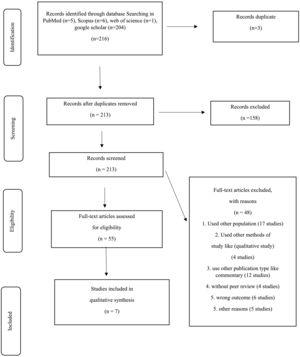
Introduction
The COVID-19 pandemic has had a disastrous impact on the world’s population. Its effects were mainly respiratory, but resulting neurological damage has also been described. In this context, we evaluated the effects of COVID-19 on the subjective perception of neurological and psychiatric symptoms in patients with pre-pandemic neuropsychiatric diseases, as well as the possible association between the evolution of these symptoms and immunological factors.
Methods
A cohort of neurological/psychiatric patients with (n = 99) or without (n = 42) a history of COVID-19 was included. Inclusion took place 7 months after COVID-19 infection, and follow-up was performed 14 months after inclusion. At both assessments, included subjects were asked whether they considered their neurological/psychiatric symptoms to be stable, worsened or improved compared with the situation before COVID-19, or compared with the first assessment. A blood sample of all subjects was taken at both assessments to determine levels of several cytokines.
Results
A worsening of neurological/psychiatric symptoms was reported by 36.9% of patients, when comparing the situation at follow-up with that prior to COVID-19. Comparing with controls, patients with history of COVID-19 had significantly higher levels of IL-6 and IFN-γ, and patients with a history of symptomatic COVID-19 presented a significant higher level of IL-10. IFN-γ was significantly associated with COVID-19 severity, and its decrease during follow-up was associated with improvement of neurological/psychiatric symptoms in neurological patients with a history of COVID-19, but not in control patients.
Conclusions
More than 35% of included neuropsychiatric patients have reported worsening of symptoms after non-severe COVID-19. IFN-γ seems to be a marker linked to COVID-19 pathogeny and its evaluation might be useful for monitoring affected patients.



